Equipment
Aretera Golf: A visionary shaftmaker strikes out on his own (with a little help from his friends)

Plugged-in gearheads have heard the whispers: Alex Dee, of Fujikura fame, the Ventusmaker, has left the company and hung a shingle of his own. Some may have seen our photos of the new company’s wares from the PGA Show’s Demo Day and wondered “What’s going on here?” Beyond this, however, we haven’t had much to report on the newly formed Aretera Golf.
That is, until now. Dee and company gave us a quick peek behind the curtain as they gear up for their first release.
Highlights from our conversation below, presented in a sort of F.A.Q. format, answering the most common questions we’re hearing from GolfWRXers.
What is Aretera Golf?
A graphite shaft company. But let’s start with the name: Aretera (ah-reh-tay-ra). The root is derived from the Greek word for excellence and an individual’s fulfillment of purpose. It’s no stretch to say that for the “dream team” at Aretera (Alex Dee’s words), all accomplished industry veterans, this effort represents a point of career culmination. All were at a point in their careers where they wanted to take the plunge, try something new, build something from the ground up, and produce a product that sacrifices nothing in the pursuit of quality and performance.
Who are the key players at Aretera?
Alex Dee: 25-year Fujikura engineering veteran, his credits include the Vista Pro, Axiom, Pro, Speeder Pro, Motore, Blur, Ventus, and Ventus TR lines of shafts and developing the company’s Enso motion capture system, as well as revolutionizing the company’s in-house testing systems.
Bill Stiles: From initial product concepts to production across a global supply chain, Stiles has done it all in his 25-plus years in the industry, working with every major OEM and aftermarket shaft maker.
Michel de Fontaine: The “operations guy,” de Fontaine has worked as an executive in the consumer products and sports sectors over the past 20 years with experience in both startup and high-growth companies.
How is Aretera making golf shafts differently?
Technology: Dee told us that extending the concept of a full-length pitch material further, literally, Aretera is utilizing a high-end multi-ply material throughout the shaft to a degree that would never be cost-effective for a major shaft company selling to OEMs. “We’re hungry and we can pull this off,” Dee said.
While we don’t have full details of the technology Aretera is leveraging, we do know it is a high-end carbon fiber that’s thin, light, and super stiff, and it is used throughout the entirety of the shaft. Additionally, it is configured “off-axis” throughout the shaft, that is, at 45 degrees, to reduce twisting, and as it is a woven material, it’s capable of absorbing load in four directions for greater stability.
“I like to think that you’re using more of the shaft’s length to store power and release it and to store different loading on the shaft and distribute it,” Dee said. “There’s stability in that. There’s integration in that. You’ll feel it. There’s connectiveness in that.”
He added, “A lot of shafts have had to sacrifice feel to get stability. We’ve found ways to get it back. And it’s not a compromise.”
Graphics: In keeping with Aretera’s strategy of allowing “the fitter to be the hero,” the company has taken an interesting approach to its shaft graphics. In addition to doing away with flex designations, each shaft features three rectangles that are shaded to indicate the relative firmness or flex of the butt, middle, and tip of the shaft. This serves as a handy reference for both fitter and player in communicating how the shaft functions throughout the golf swing. Additionally, graphics for an “active” tip shaft are blue and charcoal for a firmer tip.
Flex: …is a four-letter word, for the company. Acknowledging that fitter education will be a key component of the company’s early strategy, and while not the first in the industry to do it, Aretera is fully committed to banishing “flex” from the discourse around shafts, calling it a “relative” and “nonstandard” term that harms more than it helps fitters (and players). In place of standard R, S, and X flexes, the company is using numbers 3, 4, and 5, with an indicator of weight coming first. For example: a 65-gram “S” flex shaft is indicated by 65-4.
Distribution: Aretera shafts will be available via fitters (appearing in a major national club fitter soon), on tour, and at select pro shops. The company does not plan to sell via OEMs.
What’s next for Aretera?
After a soft launch of its first shaft at the PGA Show, the company is ramping up production for distribution via top fitters and courses.
Expect to see an Aretera shaft in play on the PGA Tour soon as the company has a rep who will be active throughout the PGA Tour’s West Coast swing.
Stay tuned to GolfWRX for official launch details around the initial product offering.
- LIKE34
- LEGIT10
- WOW6
- LOL1
- IDHT0
- FLOP2
- OB1
- SHANK6
Equipment
Spotted: New Aretera woods shafts at the Genesis Invitational
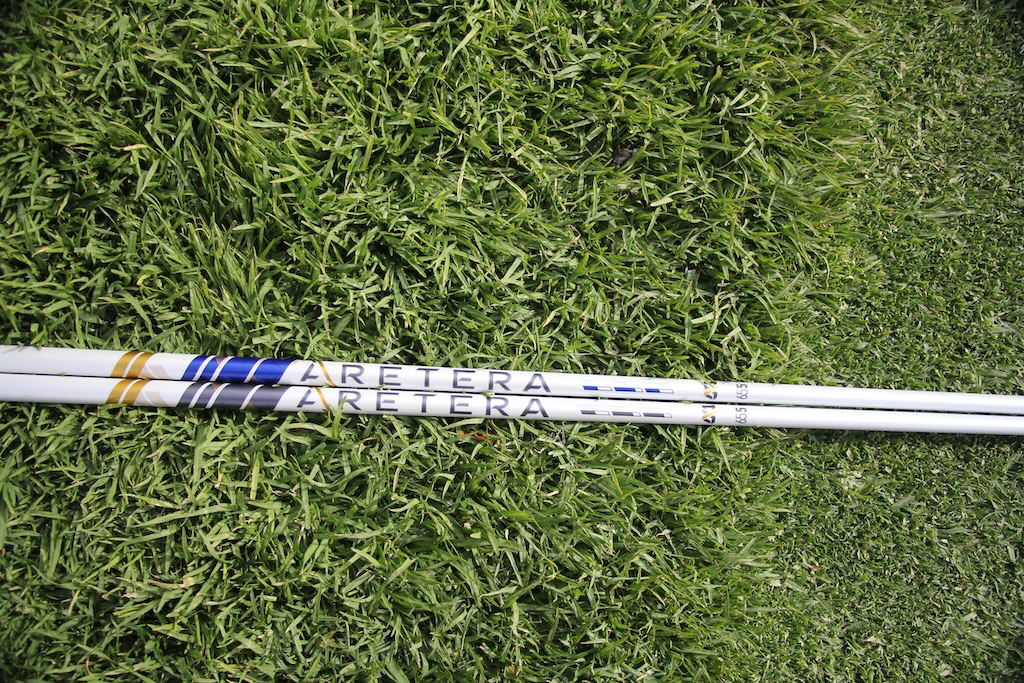
You have seen pictures of the new Aretera shafts floating around GolfWRX, but now we are seeing them on the PGA Tour at this week’s Genesis Invitational.
Aretera is a new shaft company started by Alex Dee, formerly of Fujikura, and his team to create high-performance golf shafts using premium materials. (You can check out a deep dive into the Aretera brand and how the company came together here)
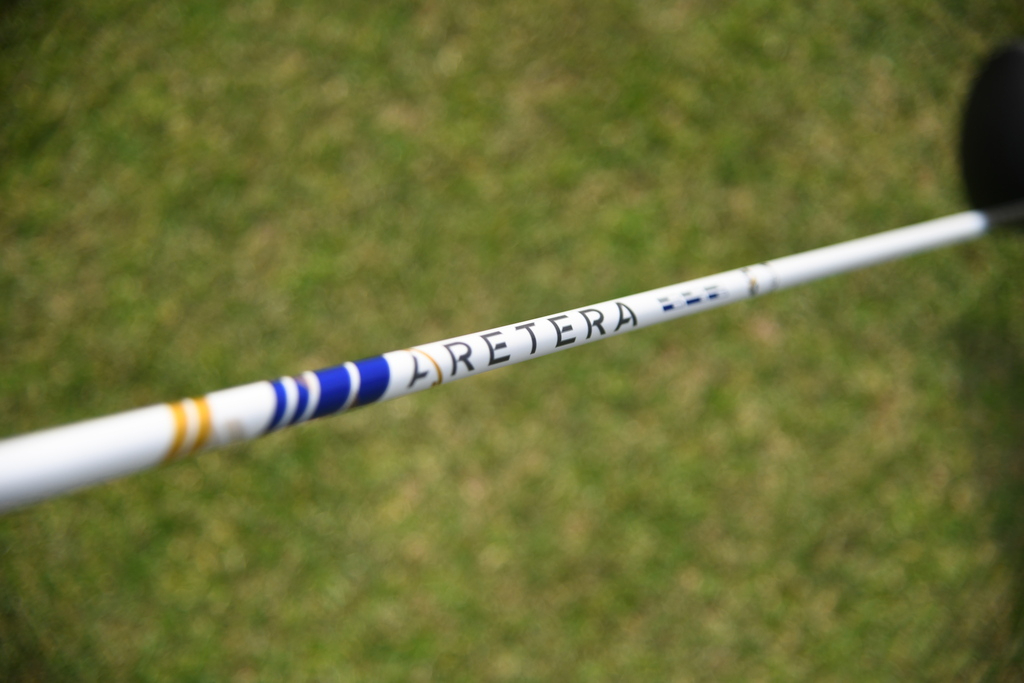
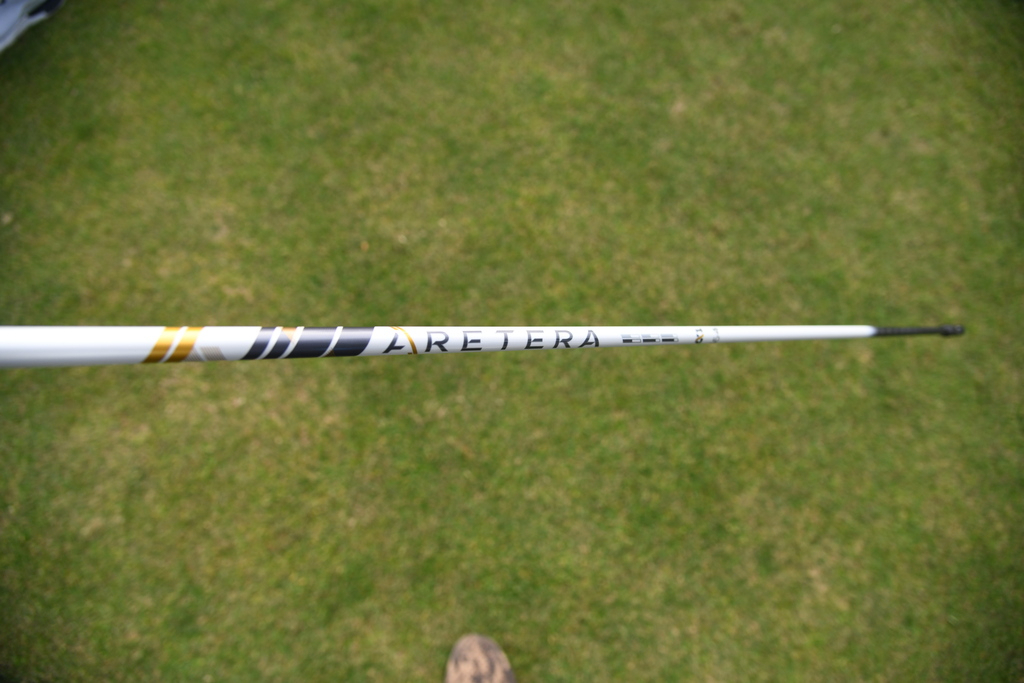
There are two profiles in the Aretera line, a Blue and a Grey shaft profile to fit different golfers. The Grey model has a stiffer profile and stiffer tip section that could result in lower trajectory and spin while the Blue is a little softer with a more active tip for easier launch and some added spin for golfers who need that for optimal launch conditions. You can see some of the technology in the tip section with the visible Spread Tow carbon fiber that Aretera calls Power Grid.
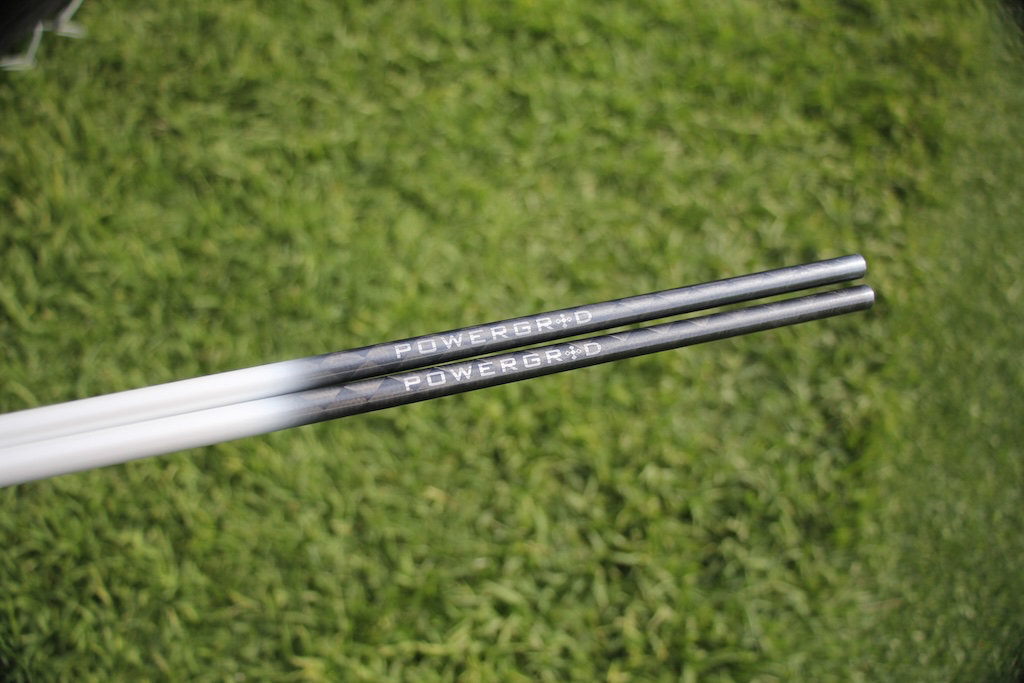
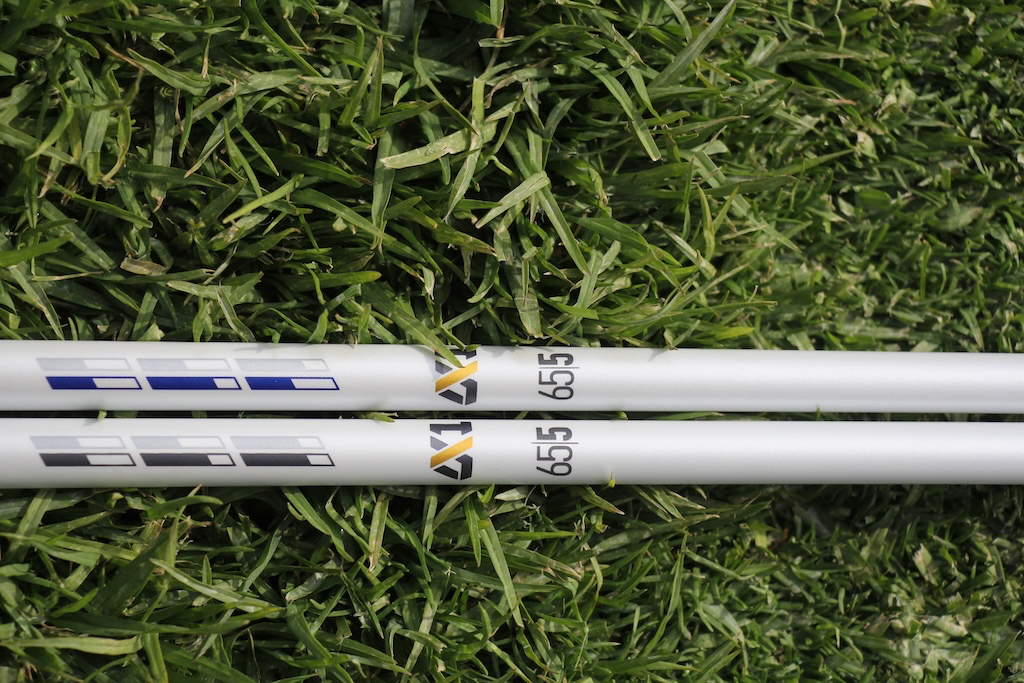
Both shafts have the shaft bend profile shown in three rectangles just below the name of the shaft. There are six rectangles that are filled to show how stiff or soft the handle, mid, and tip sections are on the shaft. The shaft also shows the weight and flex in numeric form as 65|4 for “stiff” or 65|5 for an “X stiff.”
With these new shafts on tour, it will be exciting to see how many go into play!
- Check out the rest of our photos from the 2024 Genesis Invitational
- LIKE0
- LEGIT0
- WOW0
- LOL0
- IDHT0
- FLOP0
- OB0
- SHANK0
Equipment
Tiger Woods puts TaylorMade Qi10 Tour 3-wood in play at Riviera
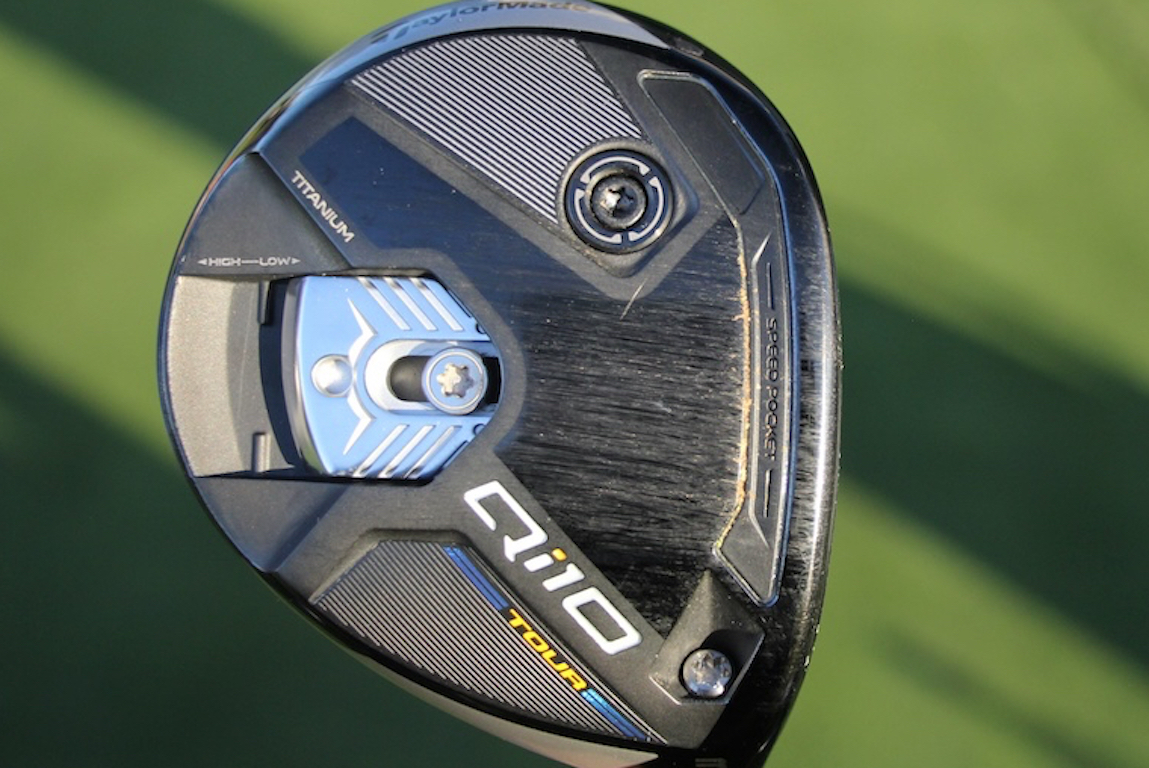
In recent history, Tiger Woods has been reluctant to change his fairway woods. While he’s put TaylorMade’s new driver in play upon release each year since signing with the company in 2017, his 3- and 5-woods have been longer tenured.
The last time we saw Woods in action, at the PNC Championship in December, he had a 3-wood from 2020 (SIM Titanium) and a 5-wood from 2018 (M3).
So, when the 15-time major champion arrived at Riviera ahead of the Genesis Invitational with not only the aforementioned long-serving SIM in his bag but also a new TaylorMade Qi10 3-wood, equipment junkies everywhere were eager to see if he’d take the new weapon into battle.
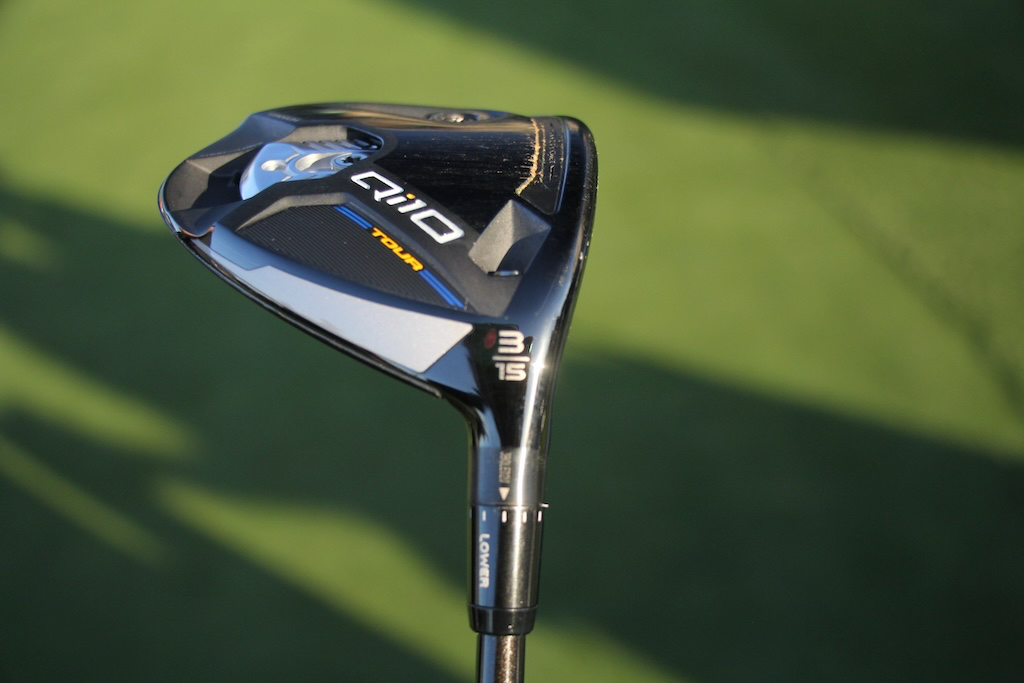
After watching Woods with the club in play during his Wednesday pro-am round, our Andrew Tursky managed to lob a question his way during Woods’ press conference.
“The 3-wood is in play. I feel very comfortable with the [Qi10 Tour] 3-wood,” Woods responded. “I had to find the right shaft for it and decided to switch the shafts and go with what I have on my driver…I wanted to find something I could draw a little bit better and this one is definitely that.”
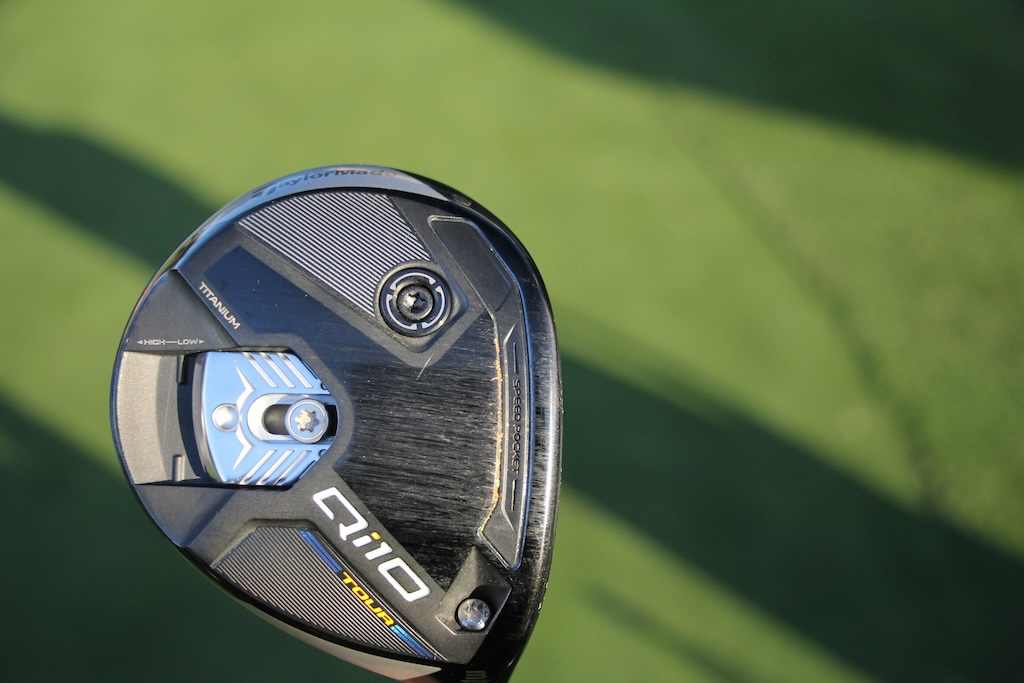
As Woods indicated, the “right shaft” is a Graphite Design Tour AD VF 7 X, which complements the Tour AD VF 6 X shaft he has been playing in his Qi10 LS driver since the Hero World Challenge. It’s a low-mid launch, low-spin shaft that the company denotes as “stiff” in the handle “stiff plus” in the middle, and “very stiff” in the tip.
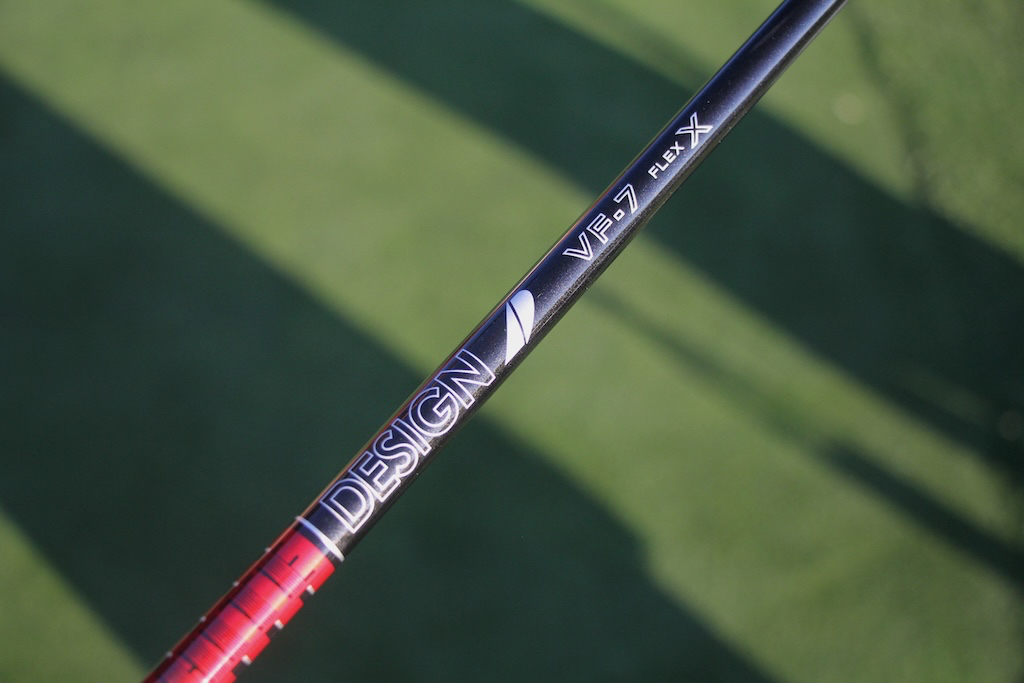
He also highlighted the comparable ease of drawing the Qi10 Tour in comparison to the SIM Ti and is playing the club with the 50-gram sliding weight near the mid position for a balance of forgiveness and workability.
Looking at the loft sleeve, Woods’ Qi10 Tour 3-wood appears to be set 1.5 degrees lower (15 degrees stated loft at 13.5 degrees) with the face three degrees open.
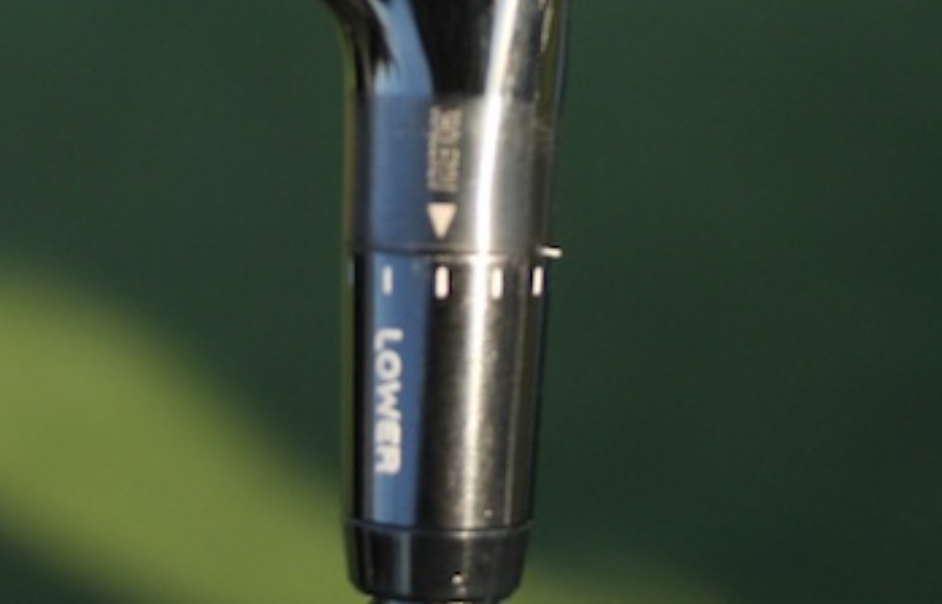
You can check out in-hand photos of Tiger Woods full WITB here.
- LIKE1
- LEGIT0
- WOW0
- LOL0
- IDHT0
- FLOP0
- OB0
- SHANK0
Equipment
L.A.B. Golf DF3 putter review – Club Junkie Reviews
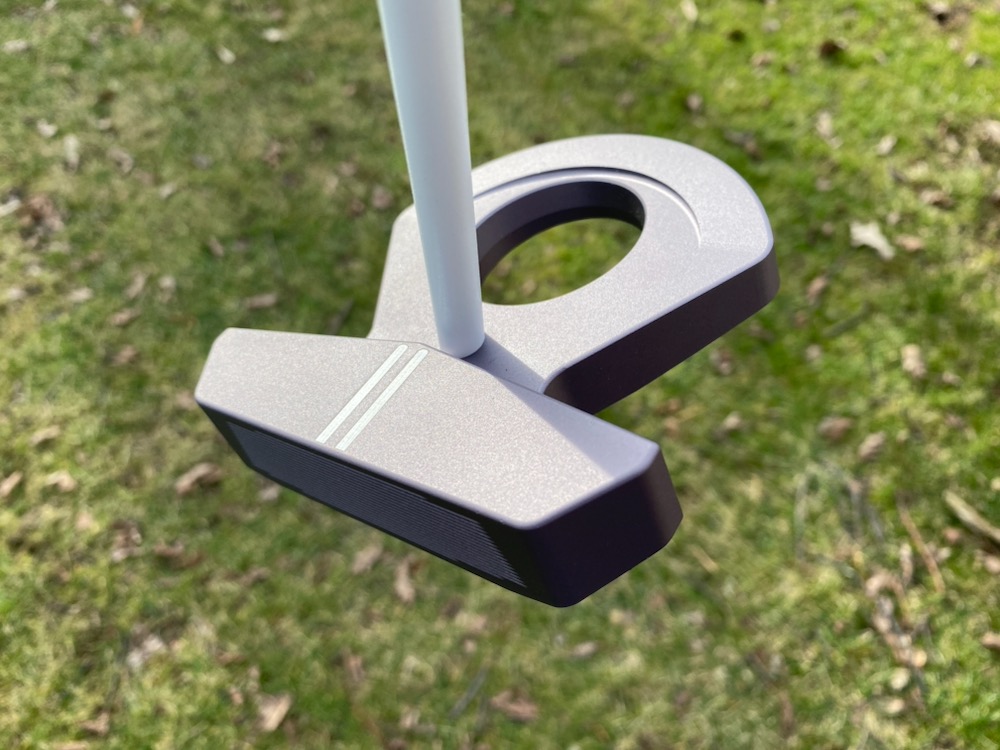
I know a lot of golfers haven’t heard of L.A.B. Golf, but they are a putter company making some serious waves in the golf space. Their Lie Angle Balanced putters have been a hit with amateur golfers for years, and we are now seeing more and more showing up in the bags of professional players. Lie Angle Balanced putters are built so that when you rest the putter horizontally, the face points at the target.
L.A.B. Describes Lie Angle Balance: “Lie Angle Balance (L.A.B.) Technology makes it effortless for golfers to deliver a square putter face at impact because, unlike other putters, it keeps the putter face square to the arc throughout the stroke. It makes putting as easy as picking the right line, the right speed, and making your natural stroke.”
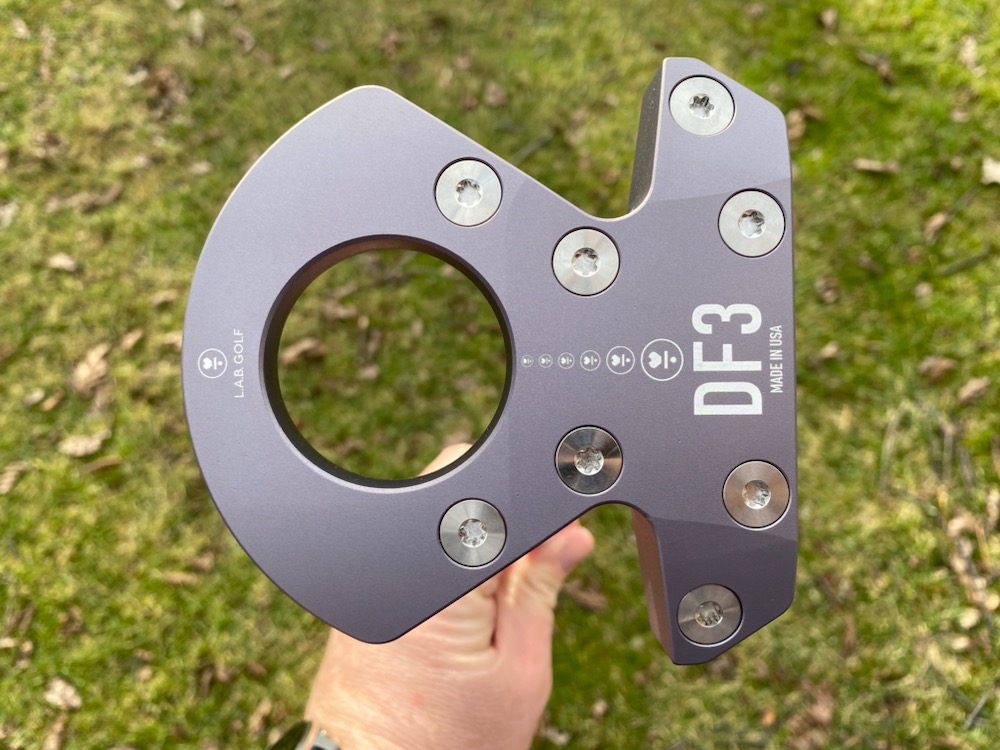

I will admit that the DF3 is not the first L.A.B. Golf putter that I have owned or reviewed. I have had the pleasure of rolling the original Mezz.1 and the larger Mezz.1 Max putters as well. But the new DF3 looks very good when you take it out of the box. The Platinum finish has enough texture to ensure you won’t have to worry about glare from the sun but also has a depth to it that looks luxurious. I think L.A.B. nailed the size of the DF3 as it is compact but has some thickness to it that is very proportionate. Picking up a ball is also so easy and simple, just set the hole in the rear of the putter down on the ball. With almost zero pressure the ball sticks to the putter and you effortlessly bring it up.
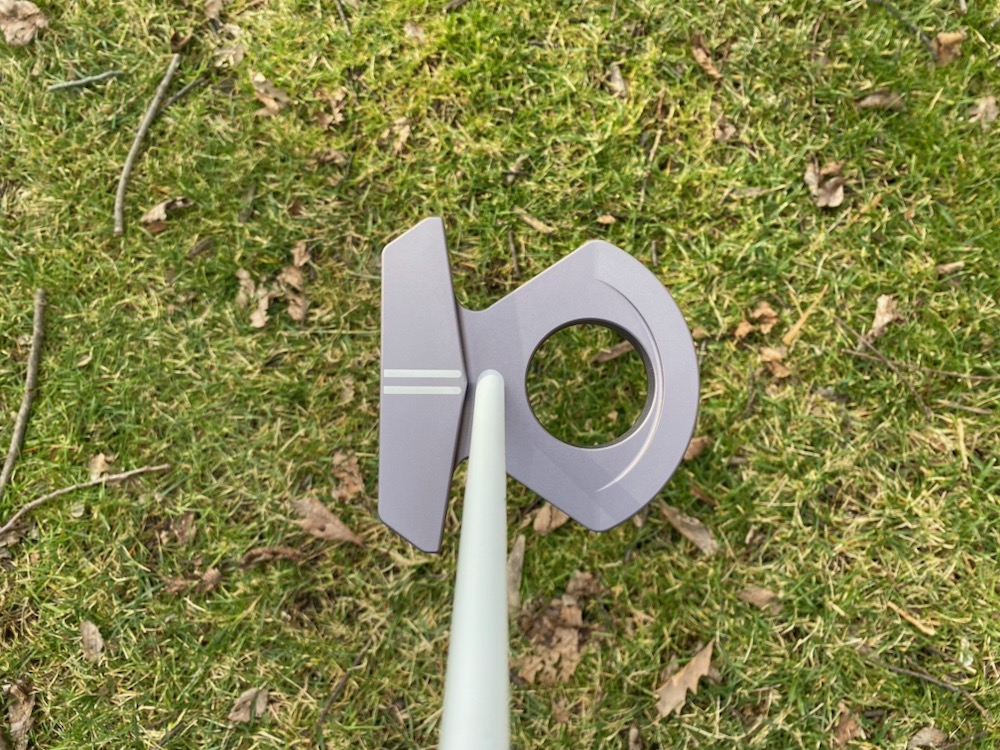
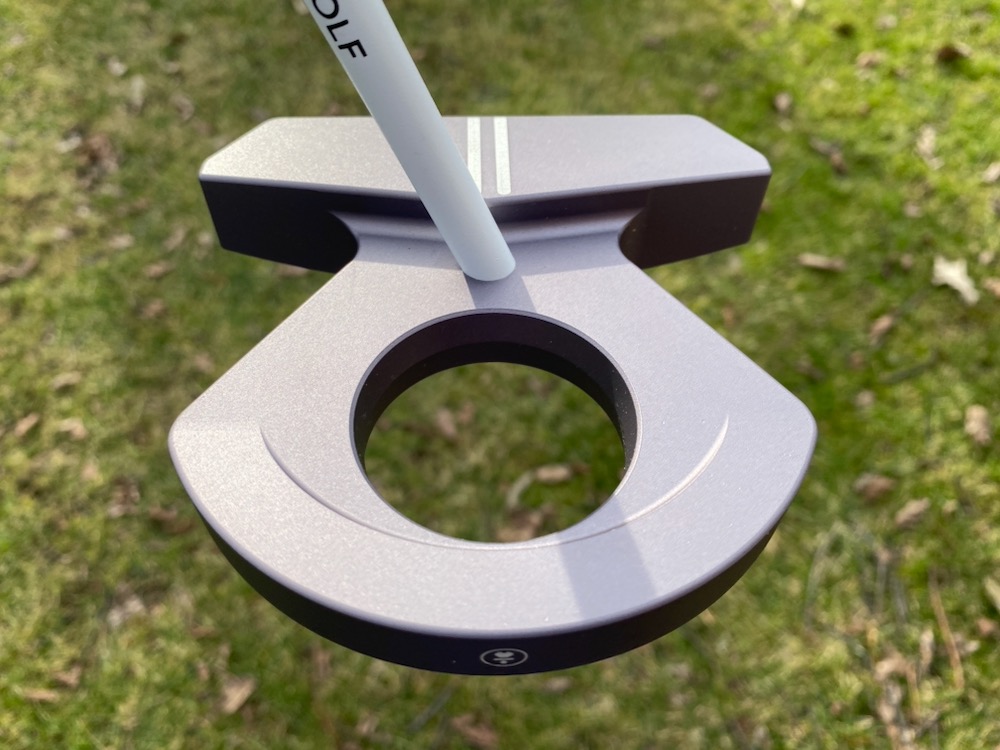
I rolled the DF3 initially indoors for about 4-5 days and the first thing I noticed was the softer feel and very muted sound. Across the entire face you get a slightly softer feel than the Mezz.1 Max but it isn’t mushy or unresponsive. You can still tell when you mishit the ball or strike it dead center on the face.
When you get the DF3 on a real green, you can see how the horizontal grooves on the face produce a smooth roll with plenty of topspin and very little skid or hop. L.A.B.’s lie angle balance does just work and it has proven in every putter head they make. The face stays pointed at the target through the whole stroke without any need for you to manipulate it. I found that for me very light grip pressure allows the putter to move straight back and straight through the ball, getting it started on line easily and consistently.
Confidence on short putts is through the roof as you know you just have to aim the putter correctly in order to make a short and straight putt. Greens here in Michigan are far from smooth in February, but I never once felt like I didn’t start my putt on the intended line. Longer putts for me took a little more practice to get used to as you don’t have to try and guide the face back to square on a bigger backswing. Trusting that the DF3 will be square to your target is all you have to do, then just pull the putter back and let it go. Lag putts are very accurate and after a little while you start to imagine that you should make a few more than you statistically should. Once you get comfortable with a L.A.B. putter, it all comes down to your read and the speed you hit the putt.
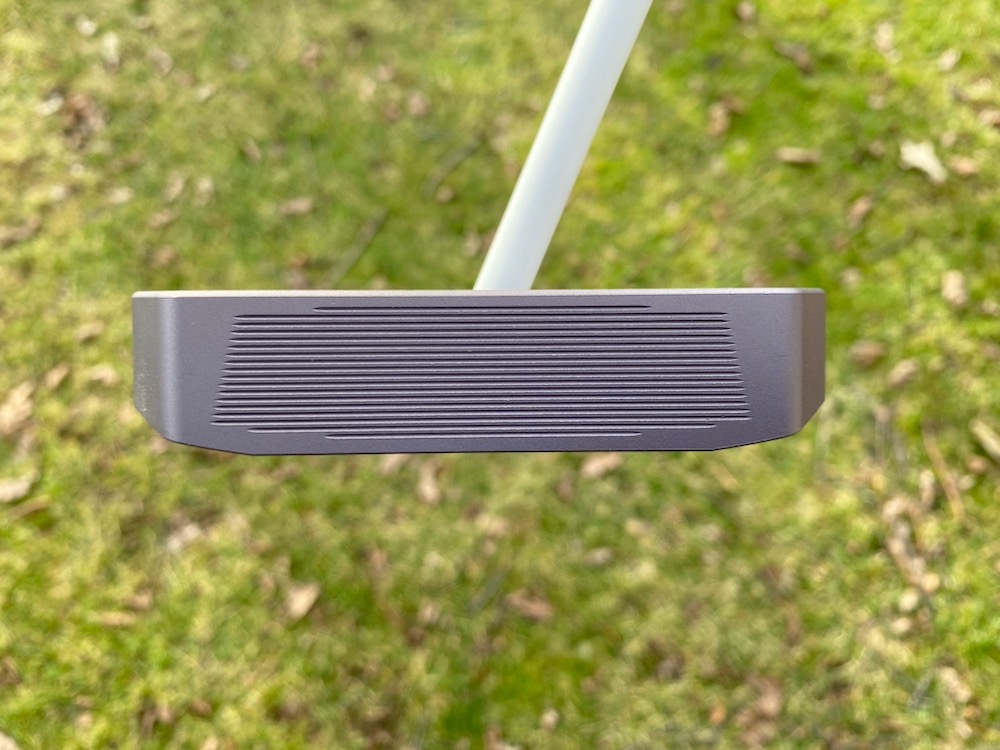
The DF3 does have a little different feel than my Mezz.1 Max, and I have to think that’s due to the added stability of the DF3. The new putter also has a new grip that feels a little more familiar in your hands, a pistol version of the Press grip. Press grips are designed where the shaft installs on an angle, vertically through it, to work with the forward press in the shaft angle. This new pistol option is immediately comfortable and sits in the pads of your fingers really well. The pistol shape feels more traditional compared to the more oval shape of the Press II that I have on my Mezz.1 Max. L.A.B. also added some texture to the grip and that should provide some added tackiness when the hot and humid summer days roll in.
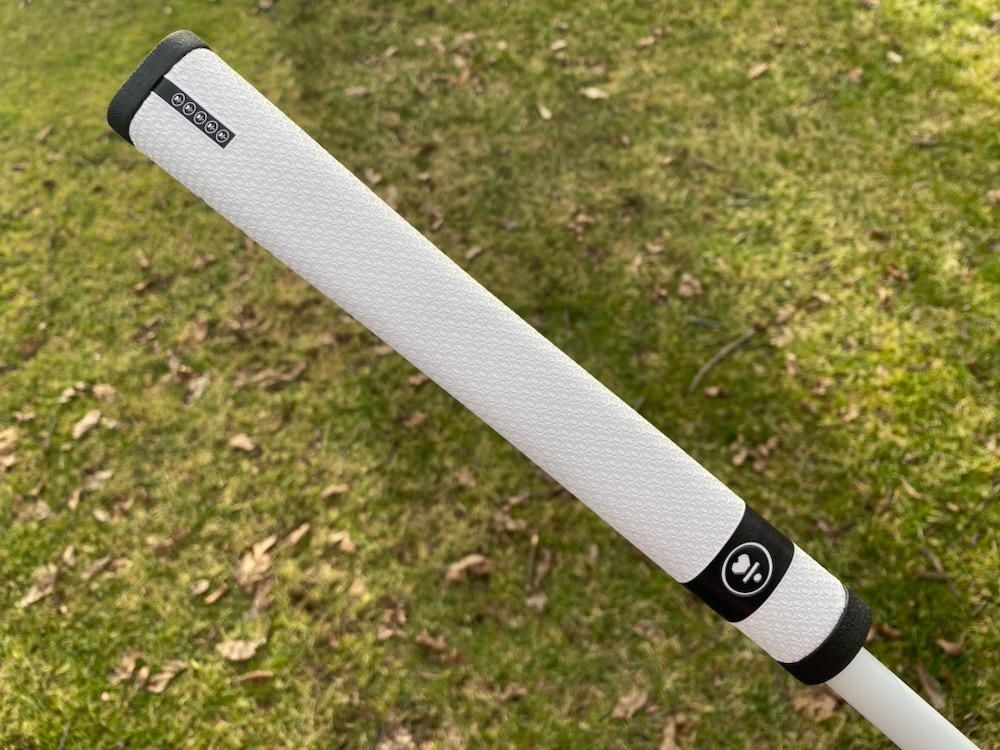
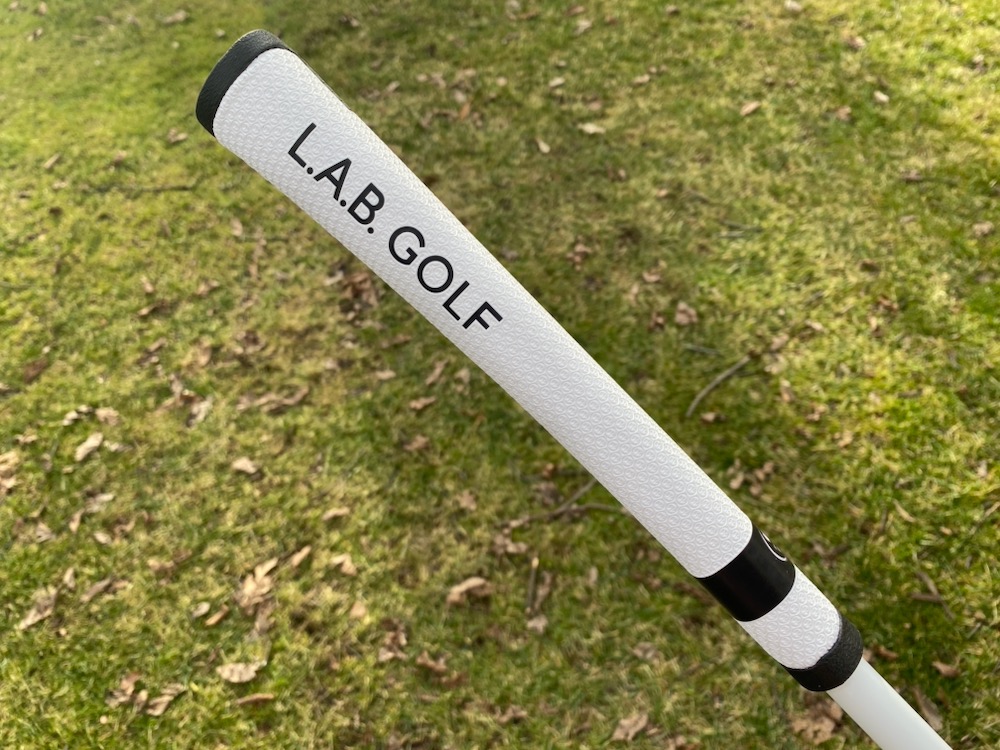
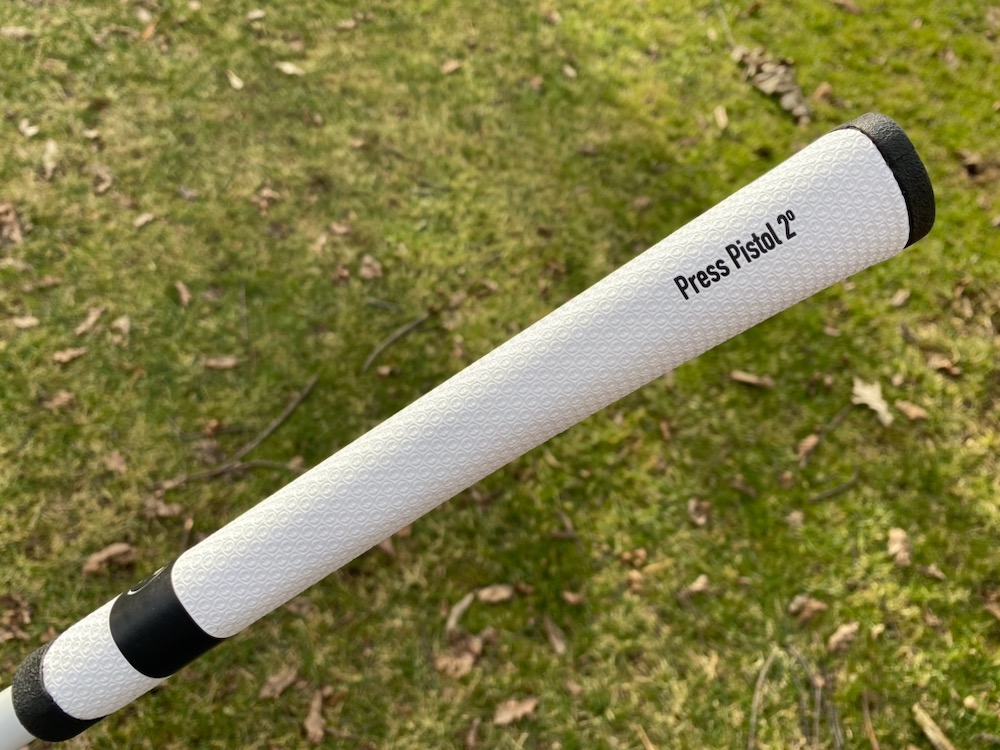
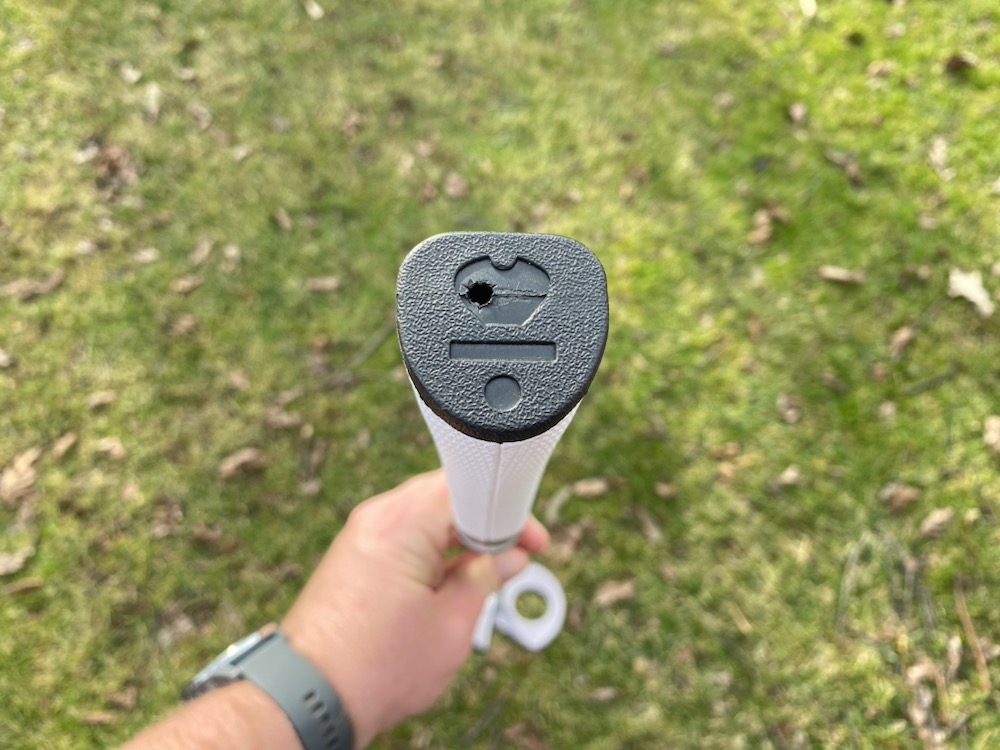
Overall, I think L.A.B. Golf did a wonderful job with the new DF3 putter. They were able to enhance the shape of the head, increase stability, and keep the same Lie Angle Balance technology working in harmony together. Add these up, and I think golfers who were turned off by the looks of the DF2.1 will be excited to try the DF3.
- LIKE2
- LEGIT0
- WOW0
- LOL0
- IDHT0
- FLOP0
- OB0
- SHANK0
-

 Accessory Reviews2 days ago
Accessory Reviews2 days agoInsider photos from Tiger Woods’ launch event for his new “Sun Day Red” apparel line
-

 19th Hole6 days ago
19th Hole6 days agoBrandel Chamblee outlines what his tough road back to PGA Tour would look like for LIV pros
-
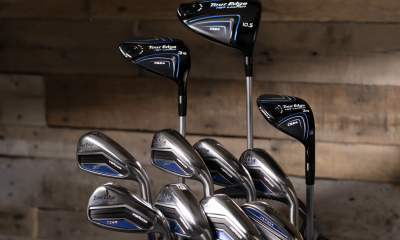
 Equipment1 week ago
Equipment1 week agoTour Edge unveils new Hot Launch 524 Series of golf clubs
-
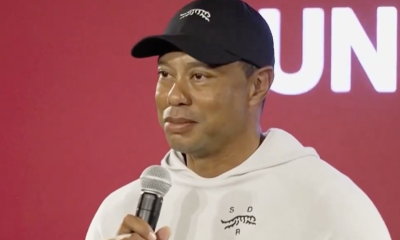
 19th Hole2 days ago
19th Hole2 days agoTiger Woods opts for veteran caddie to loop for him this week at Riviera
-
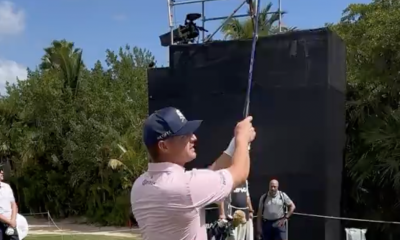
 19th Hole1 week ago
19th Hole1 week agoBryson DeChambeau using irons from unique brand that offers clubs that nobody else does
-

 19th Hole1 week ago
19th Hole1 week ago2-time major champ signs multi-year deal with Callaway Golf
-

 19th Hole2 weeks ago
19th Hole2 weeks agoAshley Perez aims multiple digs at Pat Perez after filing for divorce from LIV pro
-

 19th Hole1 week ago
19th Hole1 week agoCam Smith: Joining LIV Golf one of the best decisions I’ve ever made



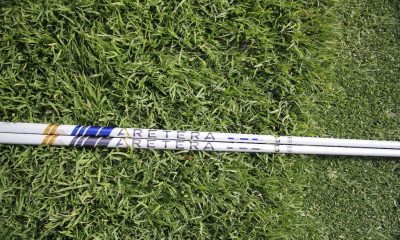

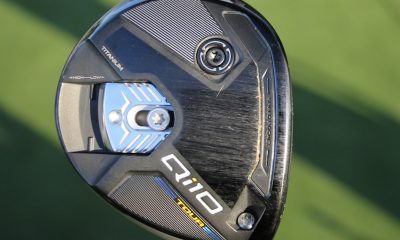



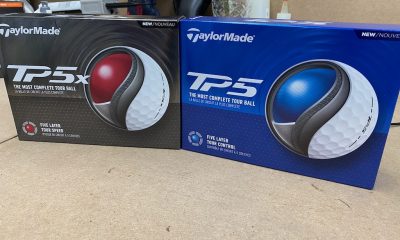

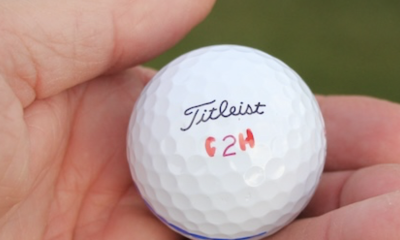












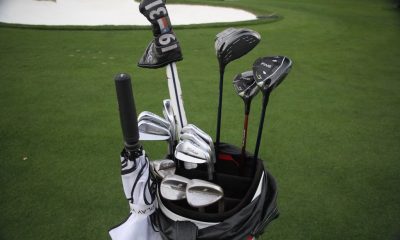

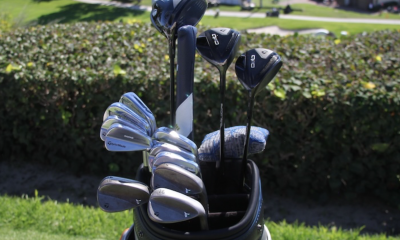

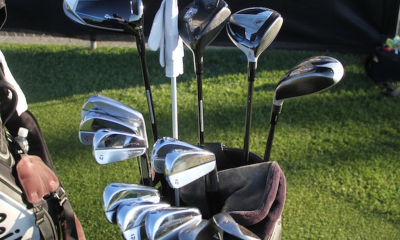

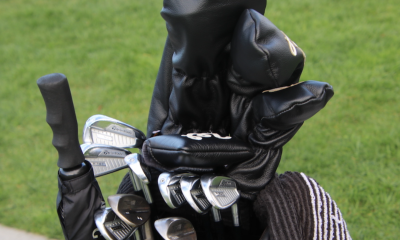

Pingback: Spotted: New Aretera woods shafts at the Genesis Invitational - Fly Pin High
Pingback: Spotted: New Aretera Woods Shafts At The 2024 Genesis Invitational – GolfWRX
G
Feb 6, 2024 at 8:23 pm
Why not stay at Fujikura???? I don’t get it, other than ego got in the way and greed set in and needed to do his own thing instead of supporting the company that gave him his career.
B
Feb 7, 2024 at 8:35 am
How about wanting to create something for himself? Maybe he wasn’t being treated well at Fujikura, no one knows except for him.
No one owes their company anything, executives will drop you on a dime to help their bottomline. I say, take your bag when you can get it.